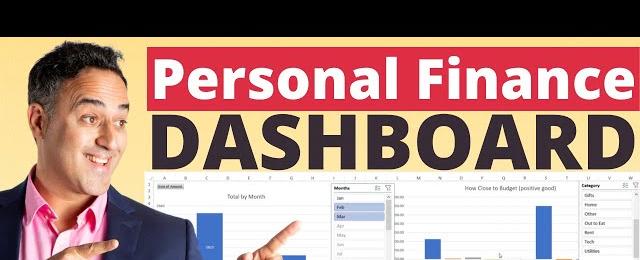How to Design a Personal Finance Dashboard

Personal finance management can often feel like a daunting task, but keeping track of your financial information can be made significantly easier by creating a personal finance dashboard. A recent article explores the best methods to design such a dashboard, providing useful insights for those looking to gain control over their finances.
According to the article, the first step in designing a personal finance dashboard is to determine what information you want to track. This can include things like income, expenses, investments, savings, and debt. Once you have decided on the relevant information, you can begin gathering the necessary data from various financial sources.
The article highlights the importance of consolidating your financial information into one central location. This can be done through a variety of different tools, such as budgeting software, spreadsheet programs, or online banking services.
One tip mentioned in the article is to consider using visualization tools, like charts and graphs, to help turn complex financial data into easily digestible information. Additionally, setting up alerts and reminders can help you stay on top of important financial deadlines, like bill payments and investment deadlines.
Overall, the key to creating an effective personal finance dashboard is to tailor it to fit your unique financial needs and goals. By taking the time to design a customized dashboard, individuals can gain a greater understanding of their financial situation, leading to better decision-making and improved financial health.
In conclusion, designing a personal finance dashboard can be a valuable tool for anyone looking to take control of their finances. By consolidating and visualizing financial information, individuals can more easily manage their money and make informed financial decisions.
Quick Links

